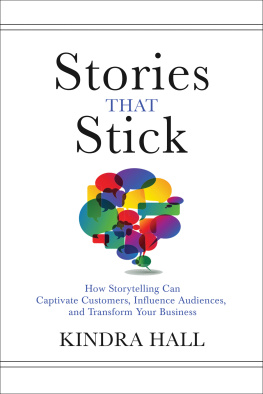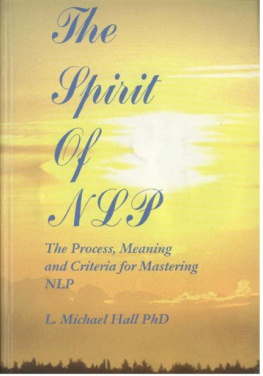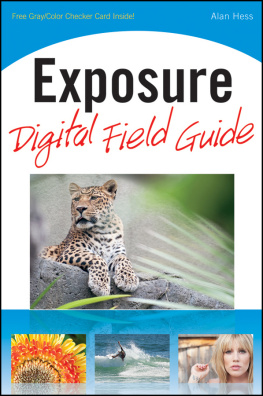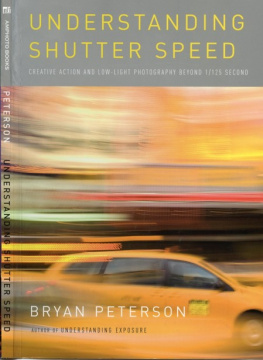Digital Photography
Mastering Exposure Through ISO, Aperture, and Shutter Speed
Table of Contents
Copyright Notice
Copyright 2015 by Martin Hall - All rights reserved.
This document is geared towards providing exact and reliable information in regards to the topic and issue covered. The publication is sold with the idea that the publisher is not required to render accounting, officially permitted, or otherwise, qualified services. If advice is necessary, legal or professional, a practiced individual in the profession should be ordered.
- From a Declaration of Principles which was accepted and approved equally by a Committee of the American Bar Association and a Committee of Publishers and Associations.
In no way is it legal to reproduce, duplicate, or transmit any part of this document in either electronic means or in printed format. Recording of this publication is strictly prohibited and any storage of this document is not allowed unless with written permission from the publisher. All rights reserved.
The information provided herein is stated to be truthful and consistent, in that any liability, in terms of inattention or otherwise, by any usage or abuse of any policies, processes, or directions contained within is the solitary and utter responsibility of the recipient reader. Under no circumstances will any legal responsibility or blame be held against the publisher for any reparation, damages, or monetary loss due to the information herein, either directly or indirectly.
Respective authors own all copyrights not held by the publisher.
The information herein is offered for informational purposes solely, and is universal as so. The presentation of the information is without contract or any type of guarantee assurance.
The trademarks that are used are without any consent, and the publication of the trademark is without permission or backing by the trademark owner. All trademarks and brands within this book are for clarifying purposes only and are the owned by the owners themselves, not affiliated with this document.
Disclaimer
While all attempts have been made to verify the information provided in this book, the author does not assume any responsibility for errors, omissions, or contrary interpretations of the subject matter contained within. The information provided in this book is for educational and entertainment purposes only. The reader is responsible for his or her own actions and the author does not accept any responsibilities for any liabilities or damages, real or perceived, resulting from the use of this information.
Introduction
Photography is all about light. The moment light bends, refracts, and eventually strikes photosensitive materials inside a camera, is the moment a photograph is born. Too much light in that moment and the picture will end up far too bright, with no clear details or decipherable definition. Too little light, and your picture could potentially be so dark and obscured that youll be lucky to be able to discern any specifics at all.
The trick to taking amazing photographs, and recording the scene you see in front of you accurately, is to allow just the right amount of light to hit the photosensitive element (be it an image sensor in a new digital camera or actual film in an older camera).
While it is possible to correct and edit many lighting issues after the fact using computer software, it is always better to aim for correct lighting during the actual image capturing process. For this reason it is important to understand the concept of exposure, and learn how you can properly utilize it to achieve the photographs you want.
To whittle it down to the simplest possible definition, exposure is the measure of the amount of light that is used to create a photographic image. While it seems like a simple concept, exposure is an absolutely critical component of the photographic process that ultimately determines the image that ends up making its way on to film.
There are three adjustable elements that directly contribute to exposure: ISO, Aperture, and Shutter Speed, and knowing how they interact with each other will help you as you move forward in your photography practice. In the following chapters well explore how you can learn to master the light entering your camera, creating strong, well-composed images that accurately reflect the beauty you see around you
BONUS: Your FREE Gift

Thank you for purchasing my book: " Digital Photography ". I want to show you my appreciation by offering an exclusive special report 5 Amazing Types of Wedding Photography for FREE.
Simply Click the Button Below

OR Go to This Page
http://neat-photography.com/free/
Chapter 1 - Understanding Exposure
While we all wish we could just pick up our cameras and start snapping beautiful images, taking truly great digital photographs requires a strong understanding of how your cameras exposure settings work. There are three main interacting elements that need to be taken into consideration when playing around with different types of exposures, and keep in mind that each aspect relates directly to light and how it enters and interacts with the camera.
These three important elements are:
- ISO - the measure of the light sensitivity of a digital camera
- Aperture the size of the opening in the lens when a photograph is taken
- Shutter speed the amount of time the shutter remains open
It is when we see these three elements work in conjunction with each other that we begin to understand how a photographs exposure is decided. It is important to keep in mind that even a small change to any one of these particular elements, will usually result in a specific and measurable impact on how the remaining two elements work to expose the film frame or image sensor.
While this isnt necessarily an issue, it is important to be conscious that it will ultimately alter the appearance of the final image in a significant and quantifiable way.
To those familiar with digital photography this explanation of how the three elements interact is a fairly clear one. For new photographers however, it often helps to illustrate the relationship of these three variables in the context of an analogy.
One popular and often mentioned example to explain exposure to those just starting out is the water bucket analogy. Put quite simply, try to imagine the way these three components work in conjunction with one another as a bucket being filled with water, with each element as listed below.
Desired exposure = a full bucket
The ISO = the size of the bucket
The lens aperture = the size of the garden hose
The shutter speed = the time it takes to fill the bucket
To elucidate the analogy further imagine that you are in a yard surrounded by buckets and garden hoses all of various sizes. Your goal here is to fill a bucket with water. You can opt for any size of bucket and/or garden hose that you wish.
Keep in mind that the size of the garden hose that you select will determine exactly how much time it will take to fill your entire bucket. Obviously the larger the garden hose, the faster your bucket is going to be filled. But what if you want to fill a bucket without using a larger garden hose, well then obviously youd have to opt for a smaller bucket. Makes perfect sense right?
In order to understand how this analogy directly relates to the often complicated exposure process that occurs every time you take a photograph, you need to think of your cameras digital sensor as if it were a bucket for collecting light. Large apertures will work to fill your sensor with light faster than a smaller aperture would.













